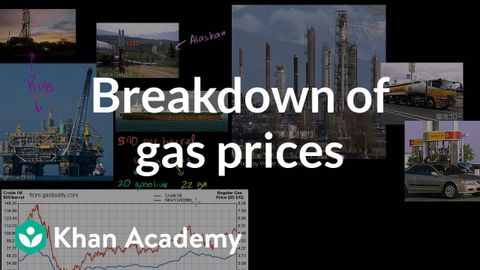
Subtitles & vocabulary
Breakdown of Gas Prices
00
Bravo001 posted on 2014/10/03Save
Video vocabulary
stuff
US /stʌf/
・
UK /stʌf/
- Uncountable Noun
- Generic description for things, materials, objects
- Transitive Verb
- To push material inside something, with force
B1
More fuel
US /ˈfjuəl/
・
UK /'fju:əl/
- Transitive Verb
- To give power to (a mob, anger, etc.); incite
- To provide gas or petrol for something
- Uncountable Noun
- Material used to produce heat or power when burned
A2TOEIC
More credit
US /ˈkrɛdɪt/
・
UK /'kredɪt/
- Noun (Countable/Uncountable)
- System to buy something and pay for it later
- Points earned instead of money
- Transitive Verb
- To add a certain amount of money to a total
- To recognize someone's achievements or help
A2
More sake
US /sek/
・
UK /seɪk/
- Uncountable Noun
- Japanese rice wine
- Noun
- Interest or benefit of someone or something
A2
More Use Energy
Unlock All Vocabulary
Unlock pronunciation, explanations, and filters
